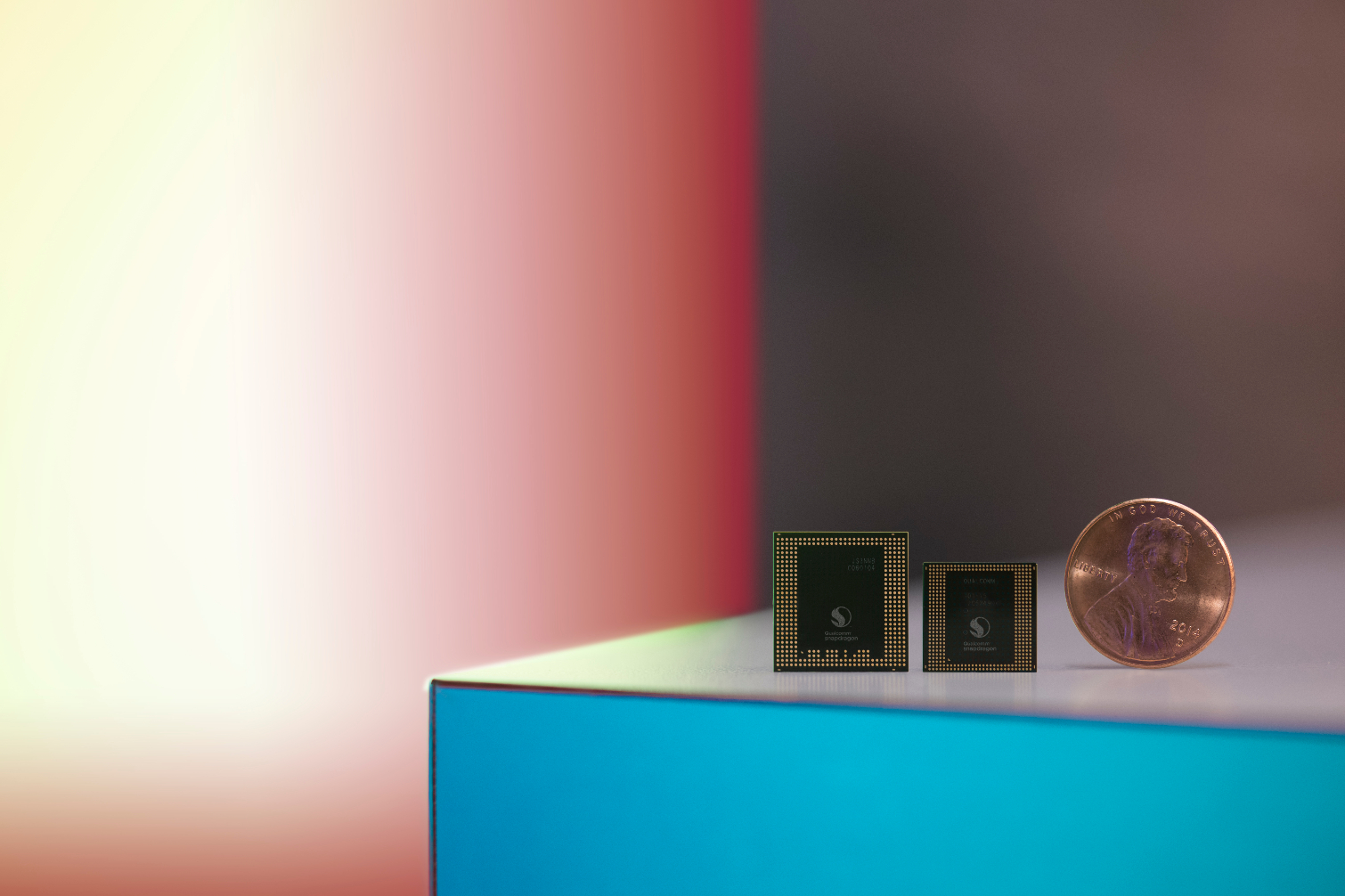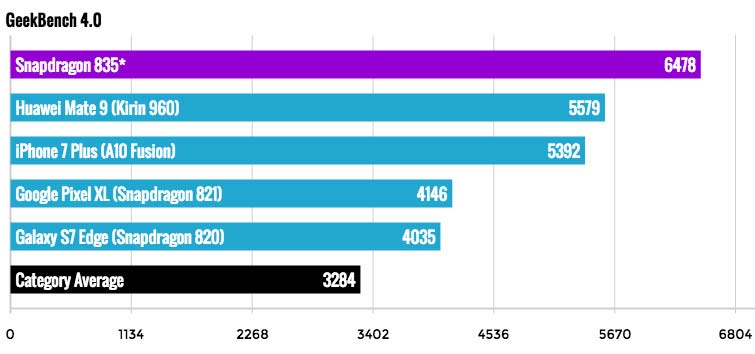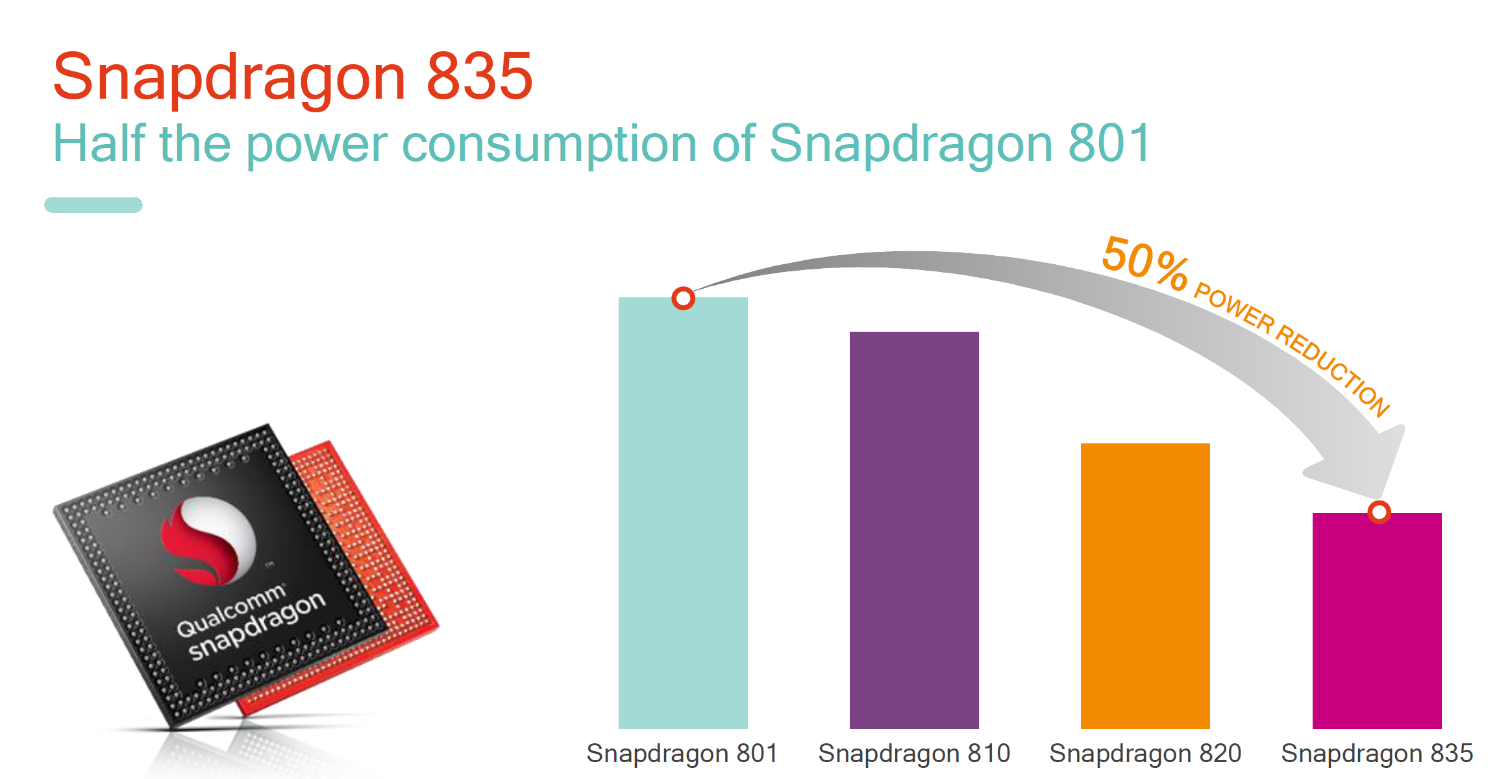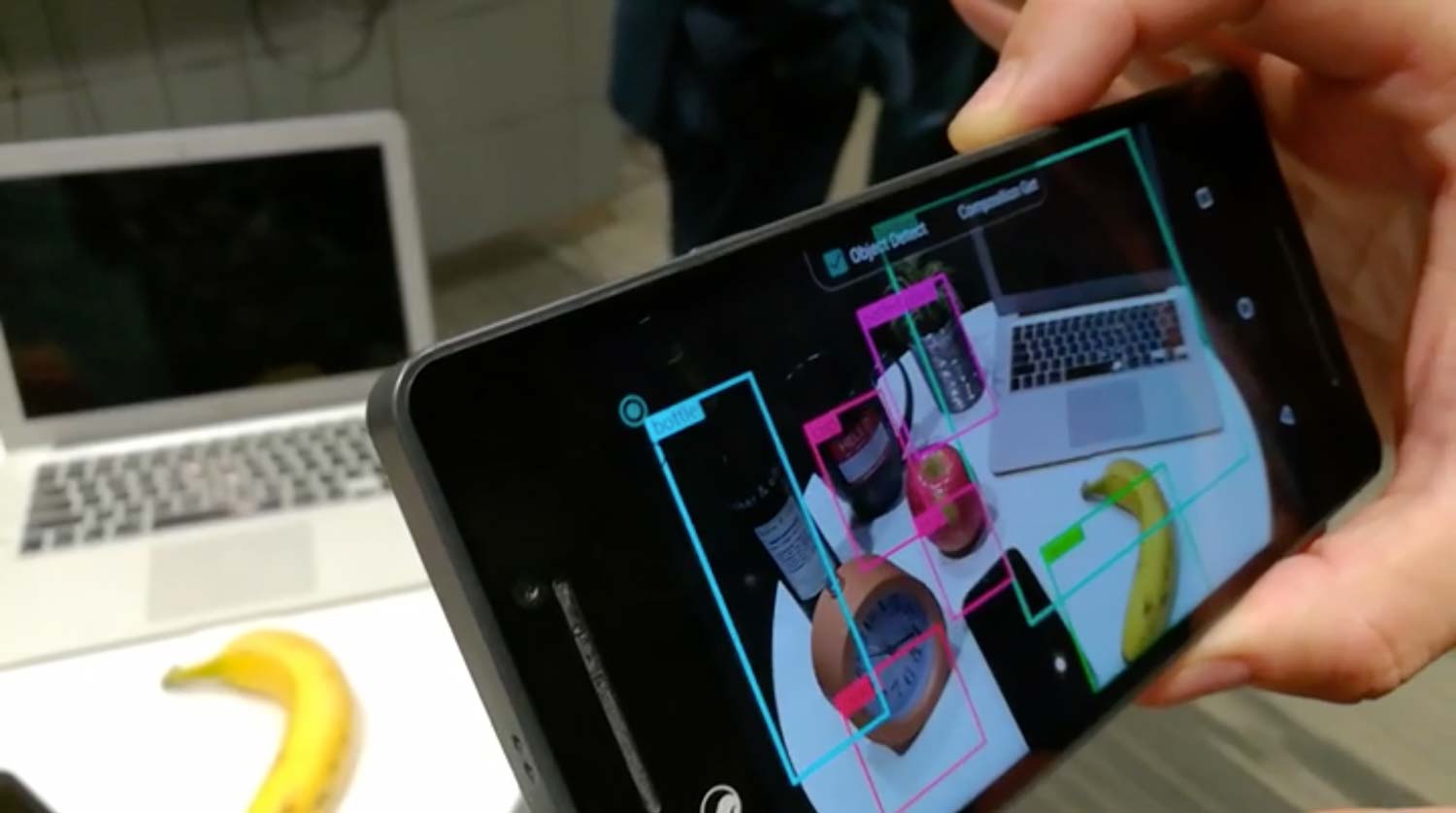Snapdragon 835 Unveiled: Everything You Need to Know
Qualcomm has shed more light on its upcoming flagship mobile platform. Here's a look at all the new tech and features coming on the new Snapdragon 835.
Editors' Note: This article was originally posted on January 3, 2017. We've updated it with additional information and benchmark results for the Snapdragon 835.
We’ve heard plenty of talk about the Snapdragon 835, Qualcomm’s next top-of-the-line mobile platform. Now we're going to see Qualcomm's latest chip in action.
Qualcomm first offered a deeper look at the Snapdragon 835 during CES 2017 in January, where the processor maker touted the new performance and energy-saving features of the next-generation CPU. We’ve also had a chance to benchmark the Snapdragon 835. And with the Galaxy S8 and S8+ arriving in April, we'll get our first extended look at what a phone powered by this next-generation processor can do.

Here’s an overview of what you can expect from the Snapdragon 835, now that it's appearing in flagship phones.
When Can We Expect to See the Snapdragon 835?
Now that Samsung has unveiled the Galaxy S8 and Galaxy S8+ smartphones, we'll see the Snapdragon 835 in action very shortly. The U.S. version of both phones features the new mobile platform, and you can now pre-order the device. The Galaxy S8 and S8+ arrive in stores on April 21.
MORE: Who Has the Best Galaxy S8 Deal?
While the Galaxy S8 will have the Snapdragon 835 all to itself for the time being — rumors suggest Samsung has an exclusive window on the processor — expect to see other Snapdragon 835-powered phones this year. Sony has already announced that the Snapdragon 835 will power its Xperia XZ Premium, which is highlighted by a camera that can capture images at 960fps. That phone ships later this spring.
Get instant access to breaking news, the hottest reviews, great deals and helpful tips.
How Does the Snapdragon 835 Perform?
Qualcomm likes to point out that the Snapdragon 835 is more than just a mobile processor, but rather a mobile platform with power management, image processing, security and machine learning features. But let’s be honest: the first thing you want to know is just how fast will this make your next phone?
MORE: Here Are the 10 Best Phones Available
The short answer: Very fast. We had the chance to benchmark a Qualcomm reference device at the company’s San Diego headquarters. And, with the caveat that we were testing a device designed to put the Snapdragon 835 in the best light — the phone featured an 8-core 1.90GHz CPU with 6GB of RAM — the Snapdragon 835-powered phone turned in the best Geekbench 4 score we’ve ever recorded in that test of general performance.

As you’ll see in our full report on the Snapdragon 835 benchmarks, Qualcomm’s new mobile platform also bested other top-performing phones in the benchmarks we use to measure graphics and web browsing performance. The bottom line: phones that feature the Snapdragon 835 figure to be among the best-performing devices on the market.
What Else Can You Expect from the Snapdragon 835?
For the Snapdragon 835, Qualcomm is focusing on a five main areas of improvement: battery life, immersion, capture, connectivity and security.

Battery Life: Other than performance numbers, this may the area that’s of the greatest concern to smartphone owners, and they should like what they see from the Snapdragon 835. Qualcomm is building the processor using 10-nanometer FinFET tech in partnership with Samsung, which is a step up from the 14nm fabrication used on the Snapdragon 820 and 821.
Size matters in this case, as Qualcomm says it helps makes the Snapdragon 835 25 percent more power-efficient than the previous generation, as well as 35 percent smaller in size. Going back even further, the Snapdragon 835 consumes half the power of the Snapdragon 801, which you’d find in older phones like the Galaxy S5.
The 835 will also let you recharge your device faster, thanks to Qualcomm's Quick Charge 4, which is 20 percent faster than the QC3 found on devices such as the LG G5 and HTC 10.

Qualcomm also says that the 835 features improved heterogeneous computing, which seeks to offload specific tasks to the type of processor that can complete those tasks with the greatest efficiency. Put more simply, that means the 835 will better utilize specific parts of the processor, such as the GPU to perform graphics-based tasks, or the DSP (digital signal processor) or the ISP (image signal processor) when you need to handle visual data from the camera.
We saw the 835’s power-saving attributes up close during a demo at Qualcomm’s headquarters. Qualcomm set up two devices running its Vault VR app — one device powered by a Snapdragon 802 and the other with the new 835. The older processor consumed about 900 milliamps running this app, while the Snapdragon 835 topped out at around 700 milliamps. The same thing happened when the two devices recorded 4K video, with the Snapdragon 835 consuming less power (960 mA versus 1,250 mA) than its predecessor.
Immersion: Qualcomm says the 835 will deliver more engaging content to its users, whether it's 4K video content with true high-dynamic range lighting, or lag-free VR experiences with decreased latency between your head movements and what you see on the screen.

Qualcomm has also produced a new Snapdragon VR developer kit to help content creators better understand and leverage all the new tech inside its chips. That includes a VR headset reference design built around the Snapdragon 835 that incorporates Leap Motion’s gesture control technology.
Capture: Improved capture abilities are another important aspect of the 835, especially since one of the biggest reasons to get a new phone often comes down to how good its camera is. Qualcomm says that by combining its new Hexagon DSP and Spectra ISP, device makers will have an easier time implementing new features like the optical zoom seen on the iPhone 7 Plus or the dual rear cams seen on the Huawei Mate 9.
Qualcomm says the Snapdragon 835 offers smooth, lossless zoom that will reduce the graininess of photos. The platform’s Spectra 180 ISP supports up to 32-megapizel resolution at 30 frames per second with no shutter lag for a single camera. On dual camera setups, the Snapdragon can support one wide angle and one telephoto lens. As for sharper images, the Snapdragon 835 supports the Dual Photodiode autofocus mechanism that makes every pixel capable of phase detection and image capture for faster autofocus.

The company also says that the 835 will come with support for EIS 3.0, electronic image stabilization that can correct for pitch, yaw and roll so you can capture smoother, less shaky without the need for optical image stabilization.
Connectivity: The 835's connectivity may be one of its strongest characteristics. It will sport an X16 LTE cellular modem capable of gigabit speeds, Bluetooth 5.0, and multi-gigabit 802.11 and Wi-Fi, so matter how you are connected to the net, things should always be super fast.
Security: The 835's security has been improved with Qualcomm's new Haven platform, which incorporates fingerprint, eye and face-based biometrics to create a full ecosystem for device attestation. This should give 835-equipped devices enterprise-level access security that may fuel the next generation of mobile payment tech.
In one demo of the Snapdragon 835’s security features, a Qualcomm rep was able to use an in-house iris authentication feature built-in into a reference design phone to unlock the device with just her eyes; the feature even worked when she was wearing sunglasses. More importantly, the iris detection feature could also detect spoofed irises, such as pictures of an eye, and keep the phone locked.

Machine Learning: In addition to these five areas of focus, there are other major improvement such as the 835's new octa-core Kryo 280 CPU and Qualcomm's new Neural Processing Engine for machine learning, which should improve overall performance and help your device stay fast months and years after purchase.
There are additional machine learning possibilities as well. During a demo at Qualcomm’s headquarters, a rep showed us a Snapdragon 835-powered device that could tap into image recognition to overlay identifying labels over objects captured by the device’s camera. Another demo of the Snapdragon 835’s machine learning prowess would suggest where to tap on the phone’s screen when using the camera to get the best composed shot.

Both of these machine learning demos are prototypes, though, and that’s the major caveat to all this: while Qualcomm has created a lot of new technology for use on the Snapdragon 835, in the end, it's up to device makers to actually implement these features for consumers to use. To really see the benefit of its new chips, we're going to have to wait for devices with the 835 to hit the market.
Additional Photos by Philip Michaels.
Sam is a Senior Writer at Engadget and previously worked at Gizmodo as a Senior Reporter. Before that, he worked at Tom's Guide and Laptop Mag as a Staff Writer and Senior Product Review Analyst, overseeing benchmarks and testing for countless product reviews. He was also an archery instructor and a penguin trainer too (really).
